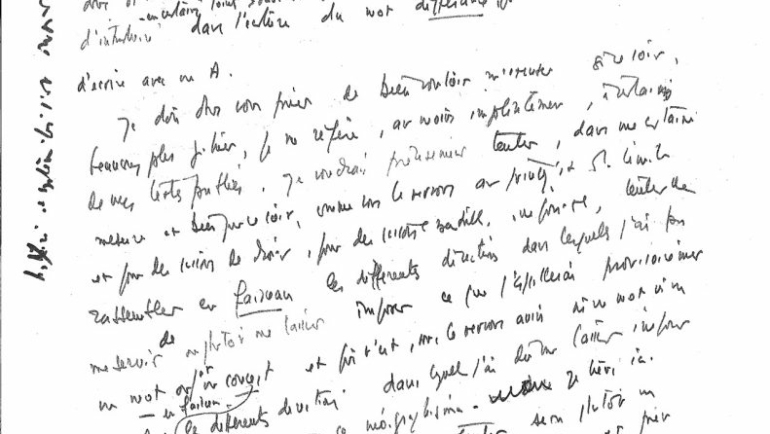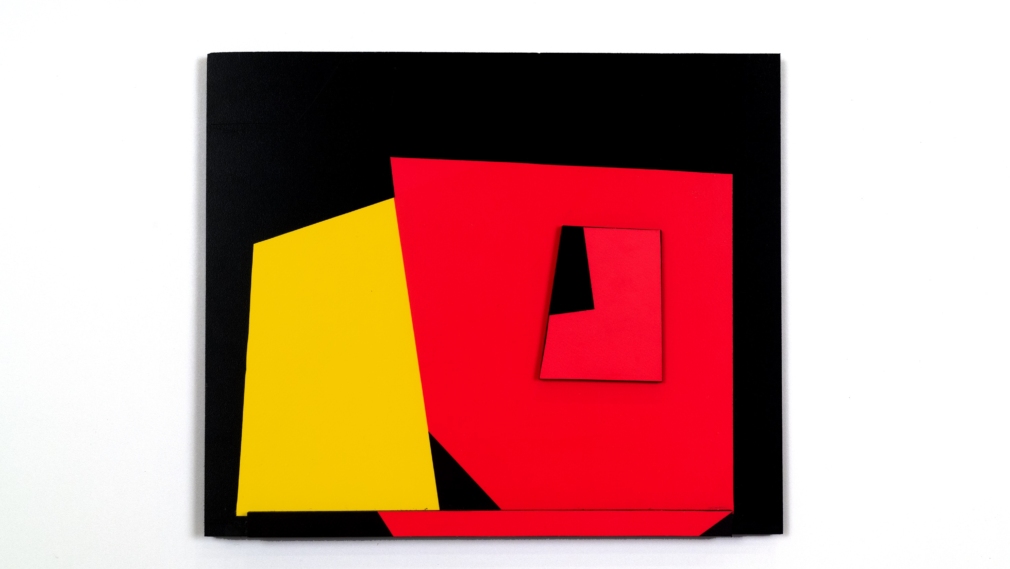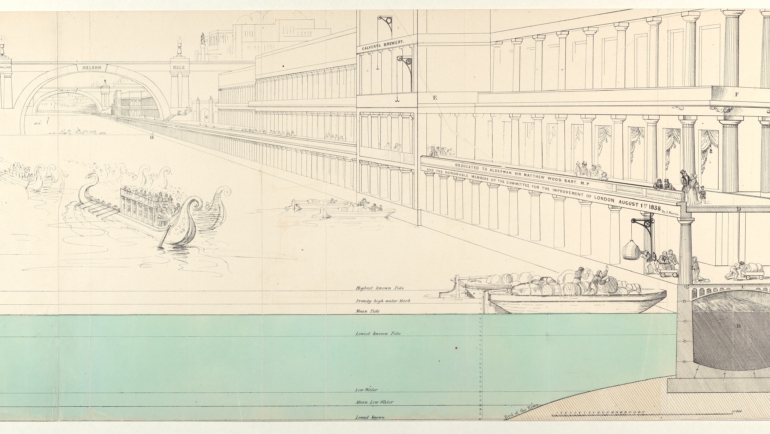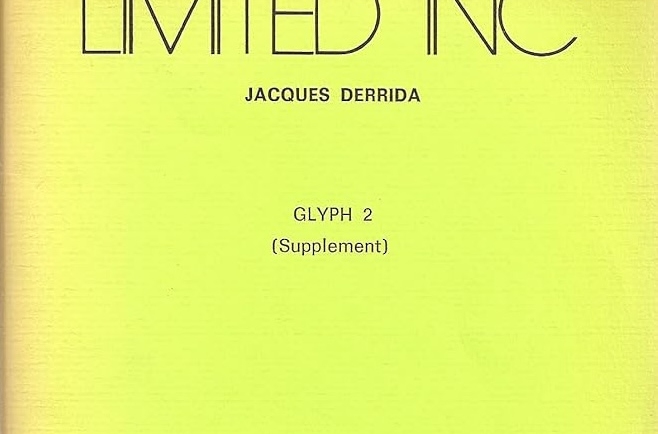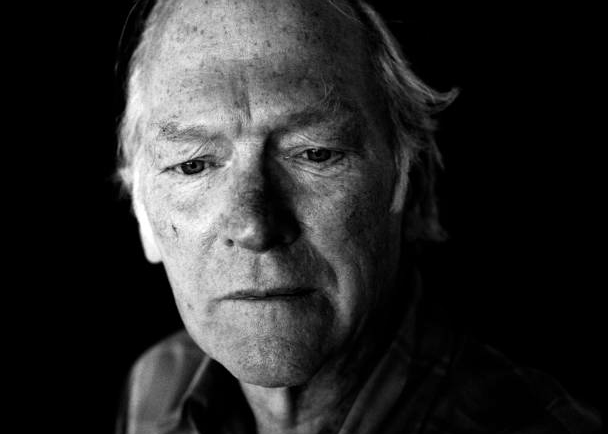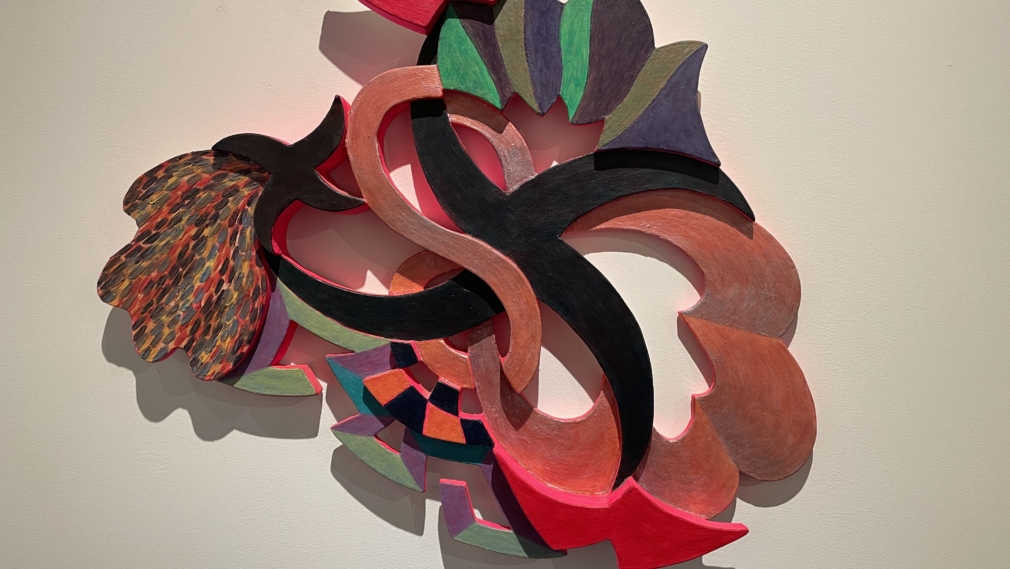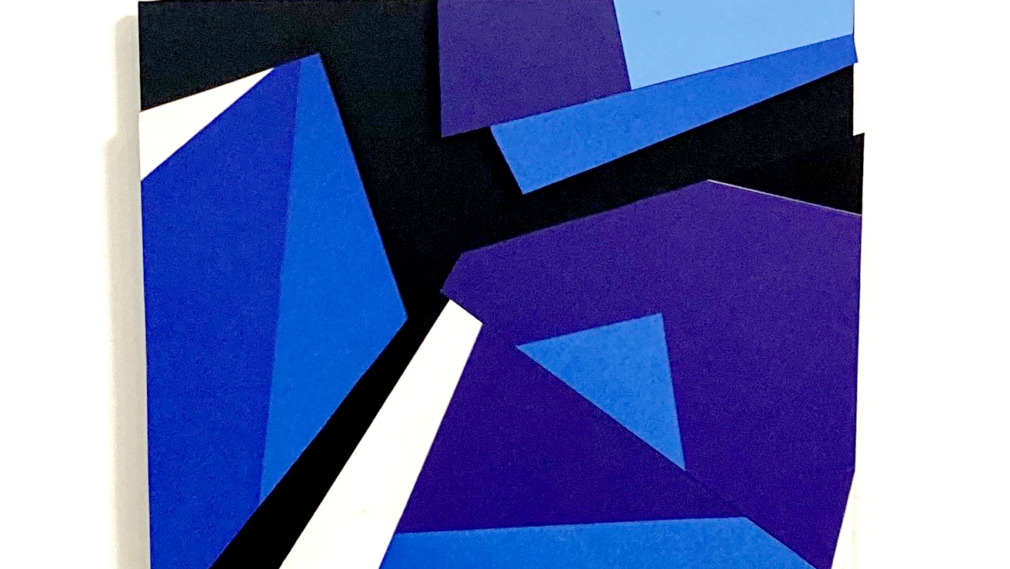New to nonsite
The Problem of Cézanne the Person in Relation to His Art
Cézanne eradicates any attribute that could facilitate an intellectual or emotional grasp of the objects represented in his pictorial world. Atmospheric content is systematically eliminated; life as if beheld by an “extrahuman” gaze grows cold; the illusion of three-dimensional space is laid bare; and line, a necessary evil, is deprived of even the slightest measure of expressive value, which until then it had still inescapably and as a matter of course assumed. Rather than cultivating a world of thought and feeling beneath appearances, Cézanne’s artistic ideology denies this possibility.
From Géricault’s Monomanes to Balzac’s La Recherche de L’absolu
Now I want to go a step further and propose that the portraits of monomanes represent not only a climactic stage in Géricault’s development but also a decisive episode in the antitheatrical dialectic generally—as if they mark the limit case of absorption, beyond which for the moment, but perhaps not only for the moment, it was impossible for painting to go.
Style and Subjectivity, a Parable
As the parable migrated from art criticism to the wider world, its purpose changed. Initially, it was used to understand artistic style, especially to shift the register of explanation from manual causes (the way a painter holds his brush, the materials he chooses, etc.) to cognitive ones (the way he sees and understands the world). With repeated retellings, however, cause and effect flipped. Instead of proving that style is subjective, the parable seemed to reveal that subjectivity is stylistic.
Write, Rinse, Repeat: Text and Context in Derrida’s SEC and in Literary Studies
BY Joshua Kates
None of what the text says and is about can be determined beginning from such considerations, however; texts are not functions of cultural, social, or historical “structures” or “logics.” Such suppositions erase the text itself, by subordinating it to new and again unexplained systems or structures, implicitly resurrecting the ideal. Appeals to structures or logics necessarily trade on otherwise unexplained ideal last instances, ones hailing now not from language but from society, history, the economy, and so on. Their invocation thus renders the text in question effectively equivalent to the common understanding of “now is night,” an inscription somehow without a writer, receiver or context—subordinating it to a new ideal instance and thereby depriving it of its status as an authored text.
Produced and Abandoned: Action and Intention in Derrida
The problem, as we’ve already begun to see, is that once you’re committed to the idea that meaning is something you try to control and/or that it’s something you impose, you’re committed also to an account of the text in which the intention must be (what Derrida rightly denies it can be) outside of it. Indeed, this is exactly what the reduction of the text to the mark requires since the act of writing is here conceived as the writer’s effort to impose a meaning on the mark she has made and since the act of reading involves the impositions of other meanings, which need not be the same as the writer’s. The reason the mark is abandoned is because that imposition necessarily fails, leaving a remainder that remains necessarily “open.”
The Obamas’ “Rustin”: Fun Tricks You Can Do on the Past
The project of “reclamation and celebration” proceeds from a common impulse to rediscover/invent black Greats who by force of their own will make “change” or “contributions.” In Ava Duvernay’s Selma Martin Luther King, Jr. shows up and exudes a beatific glow that makes things happen. These films and filmmakers have no clue how movements are reproduced as mass projects, from the bottom up and top down, in a trajectory plotted by continuously improvised response to and anticipation of layers of internal and external pressures. But that’s not their point. Rustin isn’t interested in illuminating the intricacies of the civil rights movement; it wants us to recognize its subject’s place in a pantheon of black and American Greats.
New Wall Sculptures
Only rarely does the plan survive the making; more often the sculpture takes over, establishing its own rules, its own reality. Each shape goes down on the paper as an expanse of uninflected, transparent color, the shapes are determined by stencils prepared beforehand. As other shapes are added, the overlapping hues create new densities and new colors. Changing the sequence can further alter these tonal and chromatic relationships, creating new spatial suggestions, so that we read each of these unique images differently.
John Martin and the Art of Infrastructure
Although he may have held little in common with Marxist ideology, Martin appears to have been more alert than most to the negative disruption of a system of urban-rural exchange, more anxious than most about failing to harness the latent economic value of waste, and more motivated than most to see in infrastructure the potential for compensatory systems.
Bidenomics and the Left
BY Sam Gindin
This is not a matter of rejecting electoral politics—winning a majority of citizens to radical change through democratic means is fundamental. But coming to governance without a solid social base while the powerful centrifugal influences of capitalism remain in place leads to the disappointments we and others abroad have repeatedly experienced. Without the ability to monitor, check, support, and pressure governments to stay the course, government promises fade. Elections alone become largely irrelevant. Participation in elections may have a tactical role in reaching people, but building the base for social transformation is what is so overwhelmingly central today. Only that will make elections truly relevant down the road.
Performative Contexts
Is all this to say that we should give up on context because we can have no purchase on it? I think it is rather a way of pointing to the constitutively incomplete nature of what is still the necessary task of making sense of texts in context. For every context that fails to determine its text completely because it, itself, is structurally indeterminate, new contexts come to impose their force and their relevance. The flip side of Derrida’s claim that every text ruptures with its context is his assertion that texts are citable and reinscribable in other contexts, for belonging to the structure of every mark is both “the possibility of disengagement and citational graft.”
A Davidsonian version of Dissemination and Abandonment
Speech and writing actions differ from their products. We can call the actions utterings and inscribings. An uttering’s product is an utterance. An inscribing’s product is an inscription. An uttering or inscribing is “abandoned” because features of the uttering or inscribing are not linguistically available to the audience in the utterance or inscription. Iterations of what is linguistically available, whether by the speaker or others, differ in truth-conditions from the original simply because the present and past tenses are indexicals. The force of an original is not linguistically available, so every utterance or inscription is “abandoned.” Repetitions of utterances with indexicals generate expressions with different truth-conditions but may be copies, and so iterations.
Paula Peatross: Purposefulness with no Purpose
This is not a distinction between nonrepresentational and representational art, but it is one between narrative and nearly everything else. And Peatross’s reliefs are unambiguously nonrepresentational. In addition to not being narratives (stories) of any sort, they are made without reference to anything else outside themselves, such as a landscape, the sole exception to that general rule being that they do preserve the limits and inflexions of her body. That aside, as the artist herself puts it, “Each one is itself.”
Willlard Boepple’s “Shards”
Together with the sharp-edged quality of the shapes, the intensity of the color-juxtapositions, and the interplay between the shapes with minimal thickness and the ones backed by PVC, the layering adds a note of enhanced plasticity to the ensemble. Put another way, the “Shards” are at once intensely “pictorial,” for reasons already given, and intensely tactile, which is to say that one’s perception of the “Shards” veers continually between a sense of their strength as compositions—as if in the flat—and their presence as a special sort of material artifact, their character as an entirely new variety of relief.






